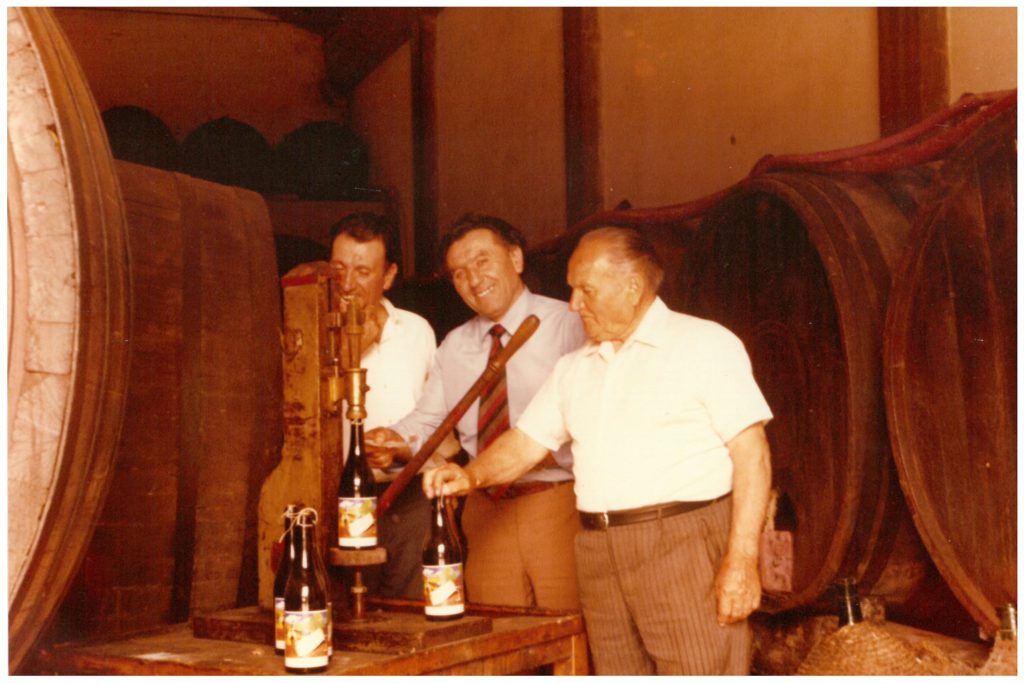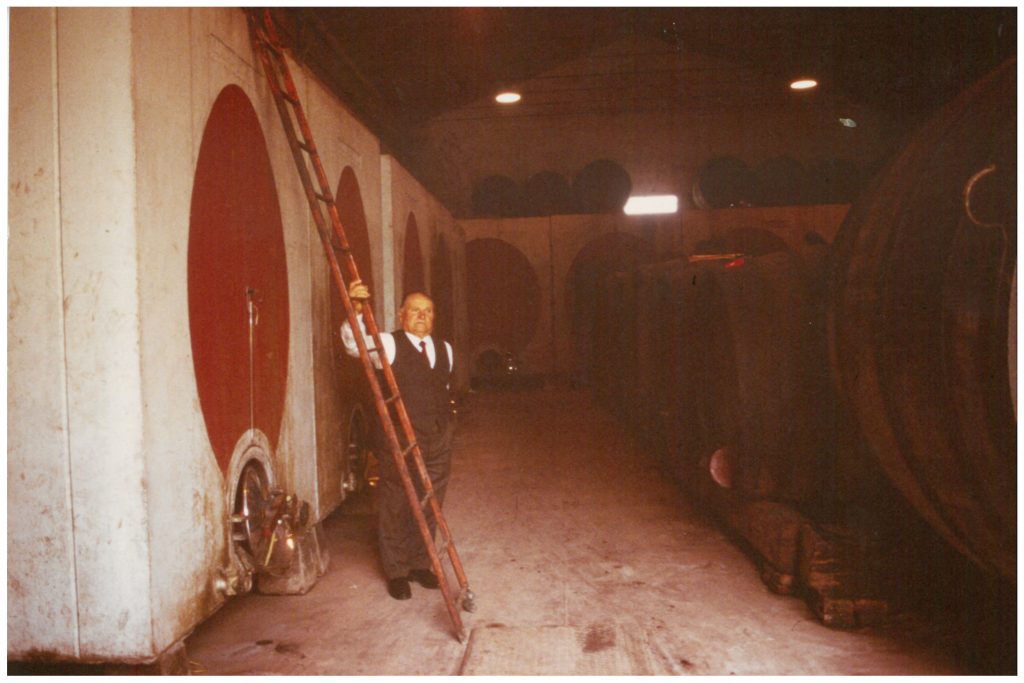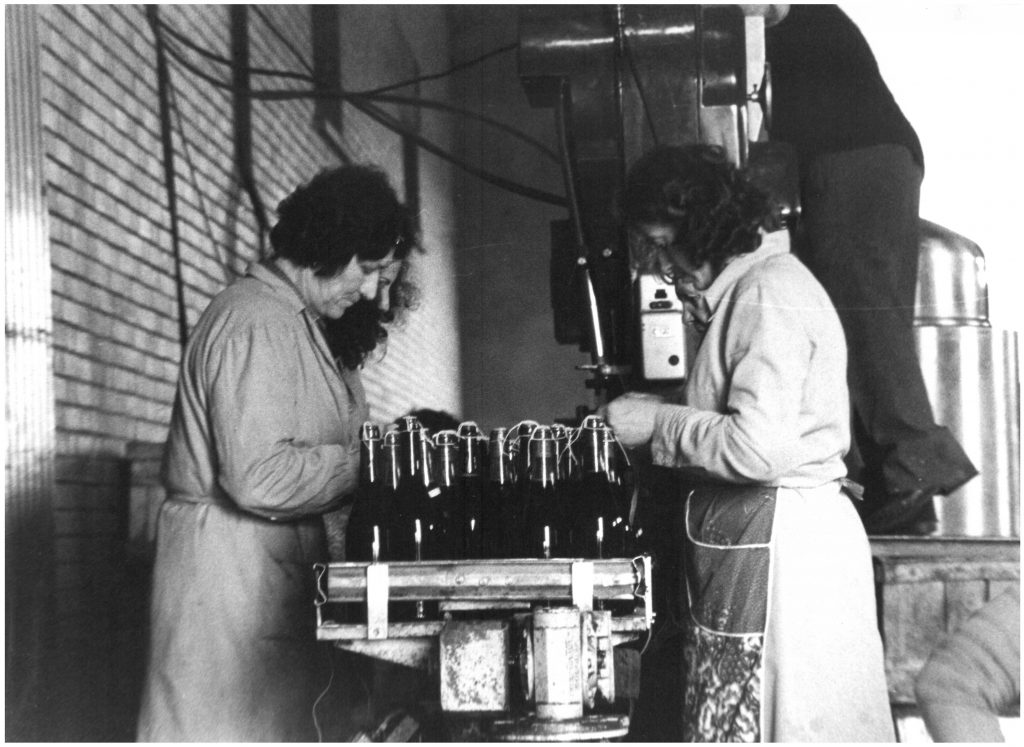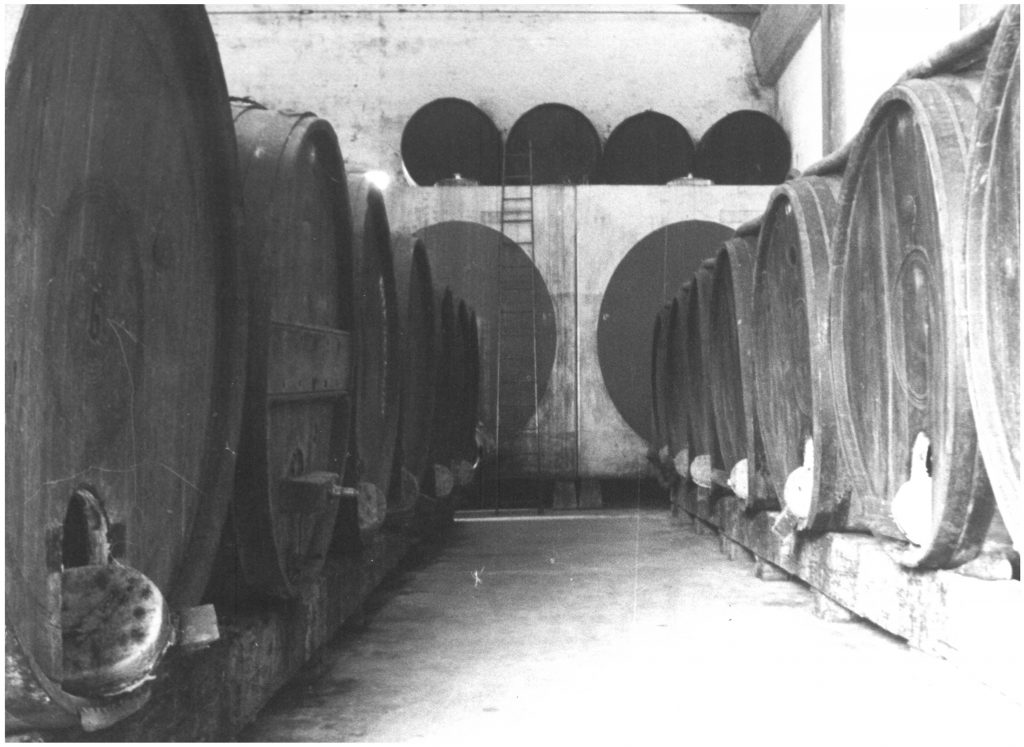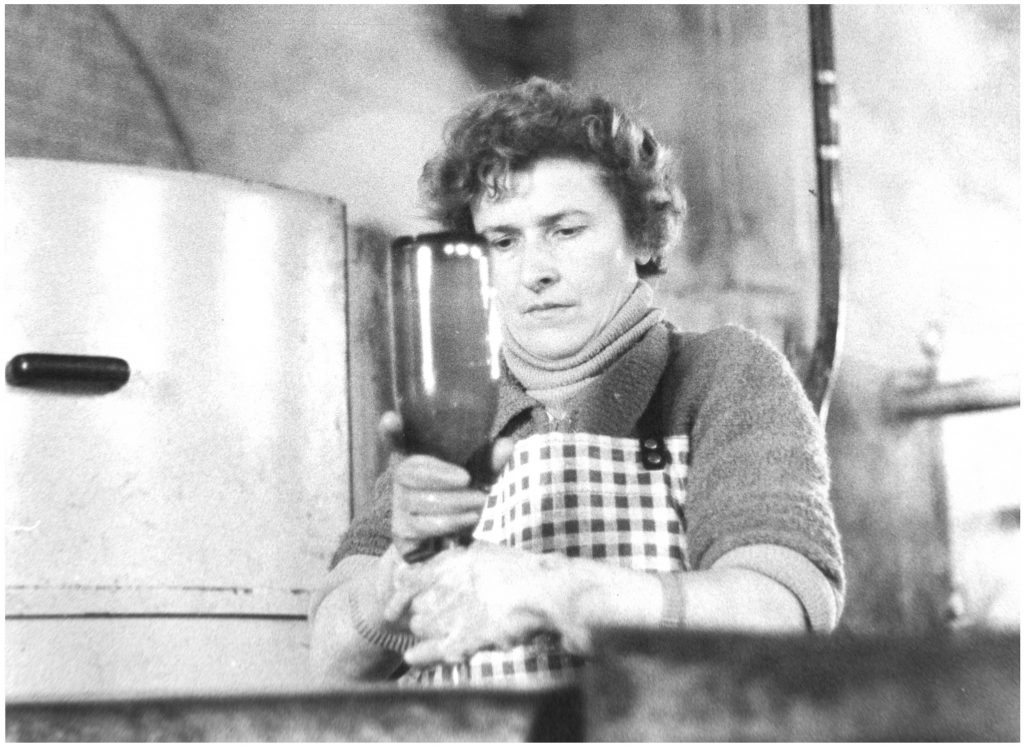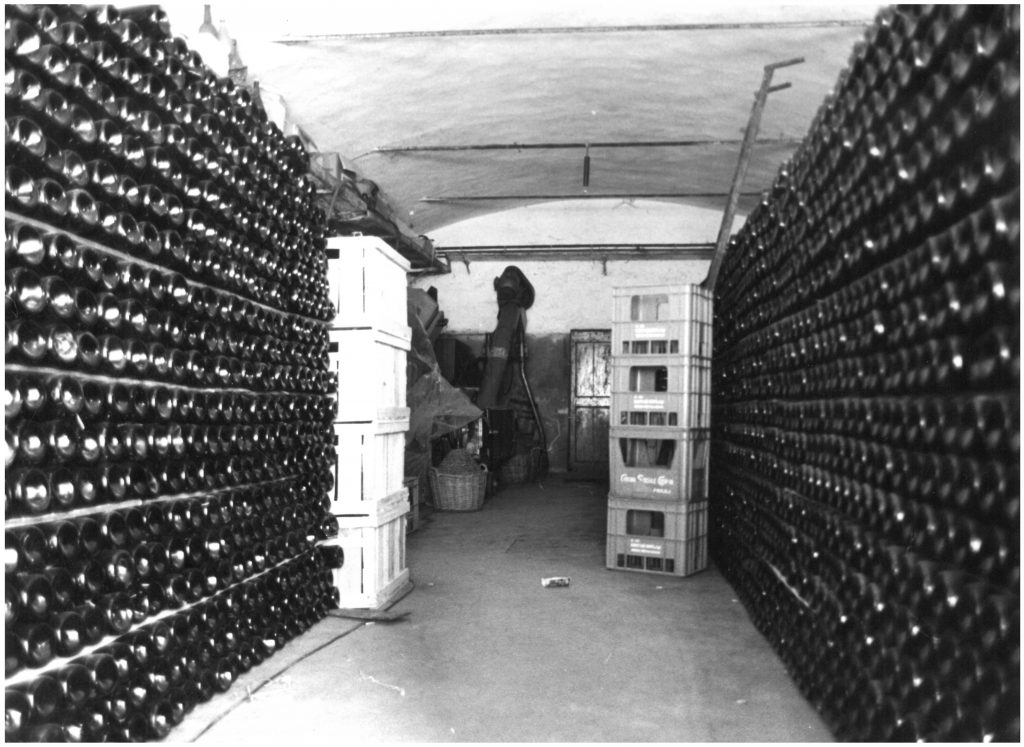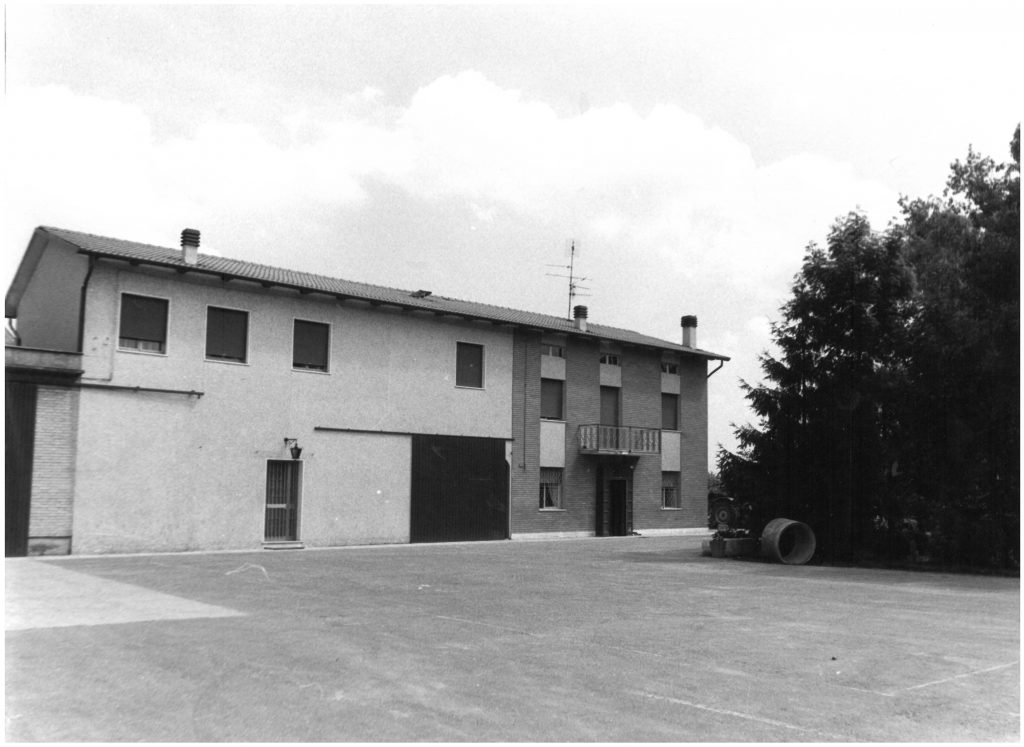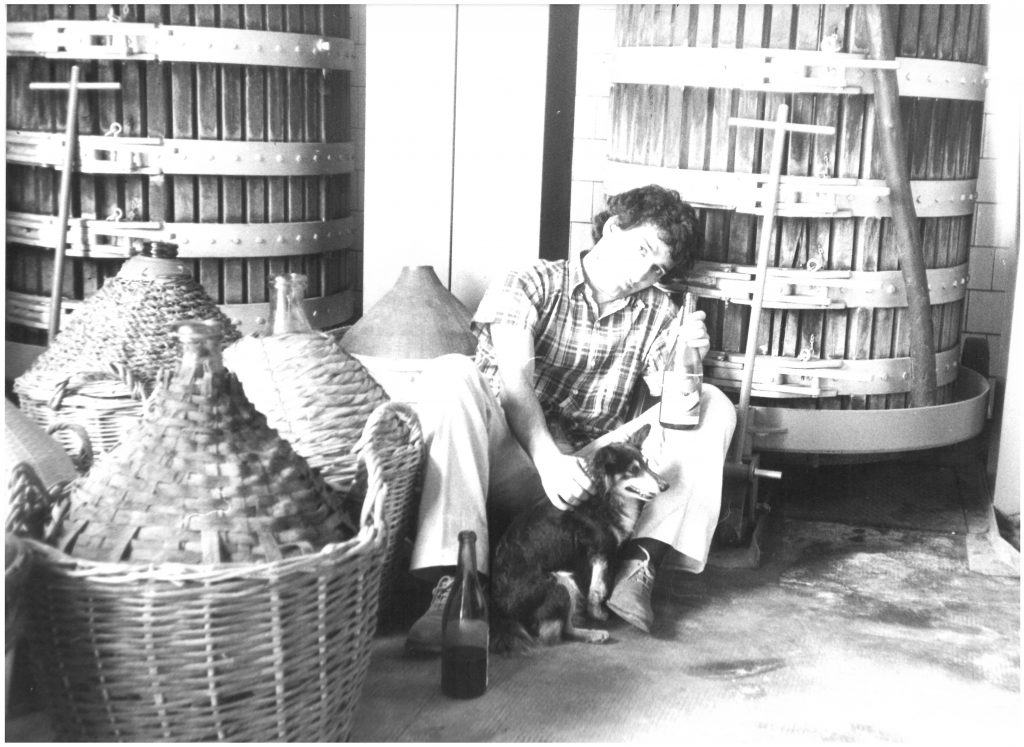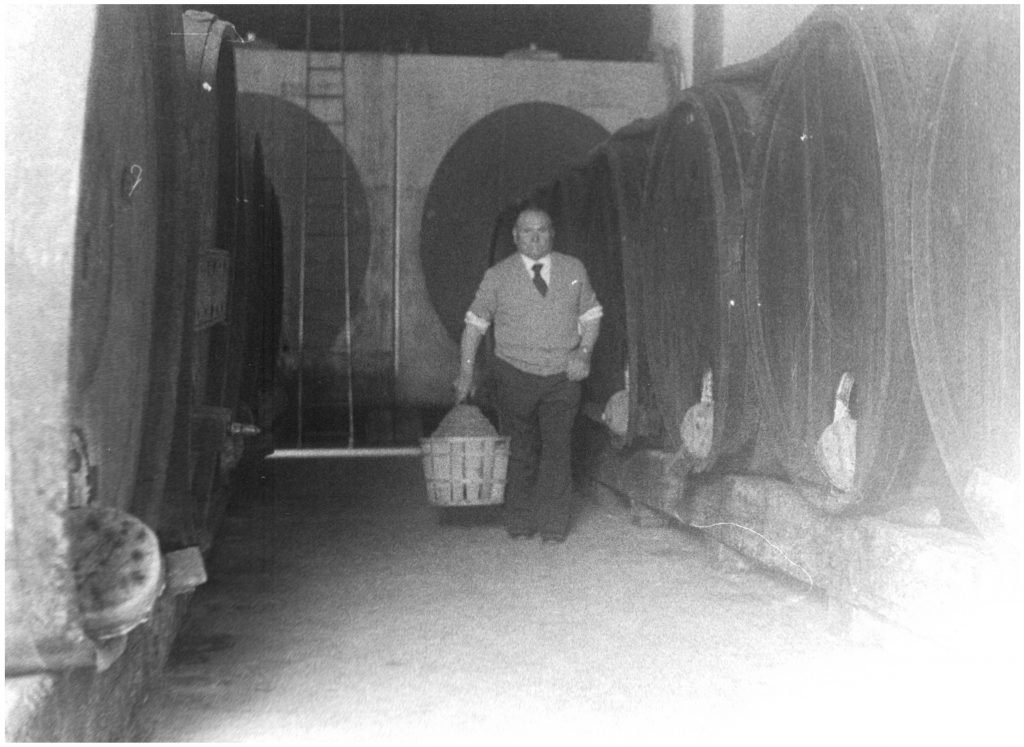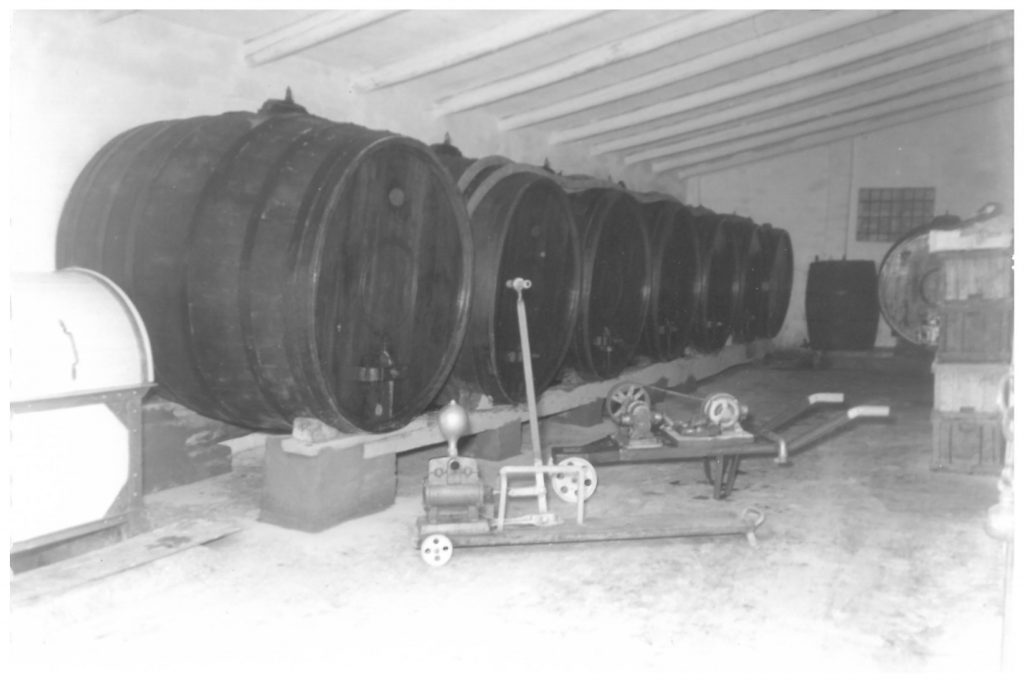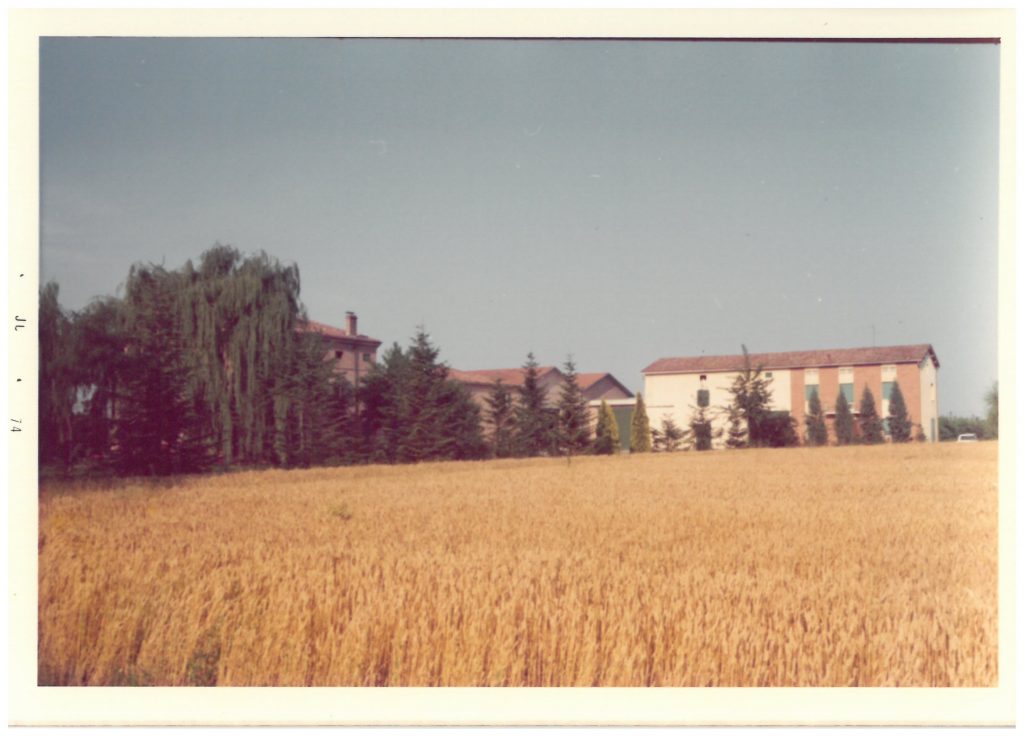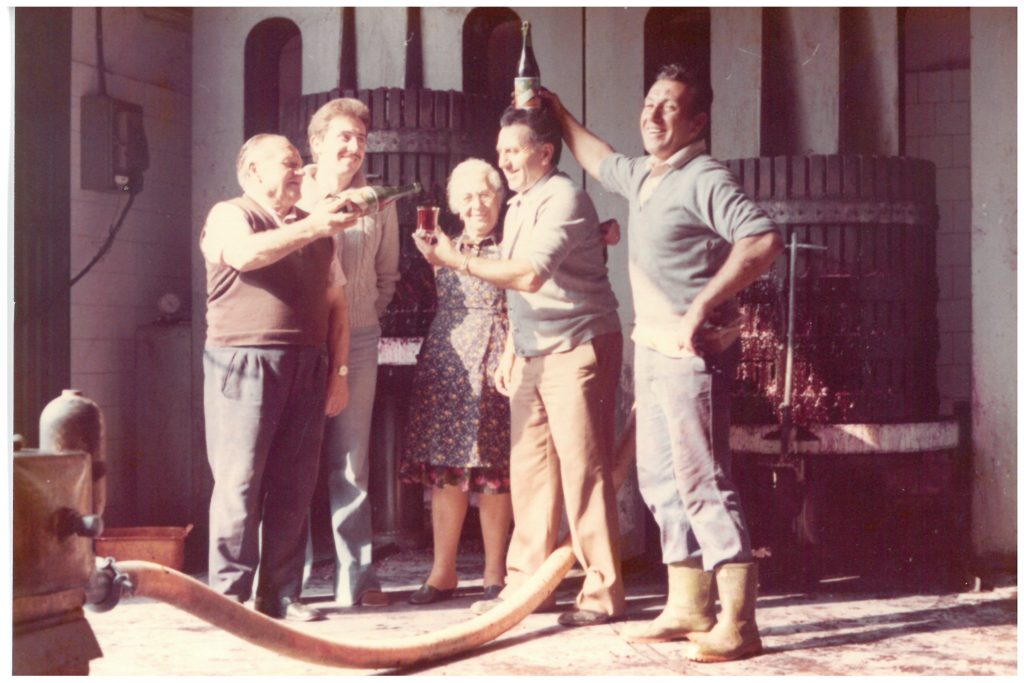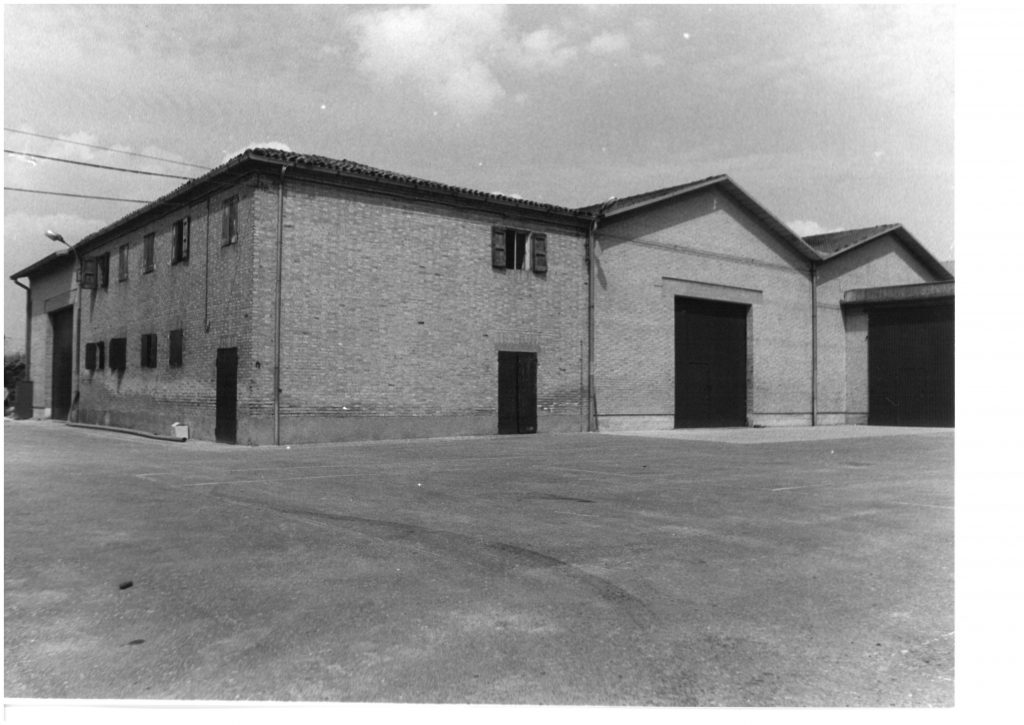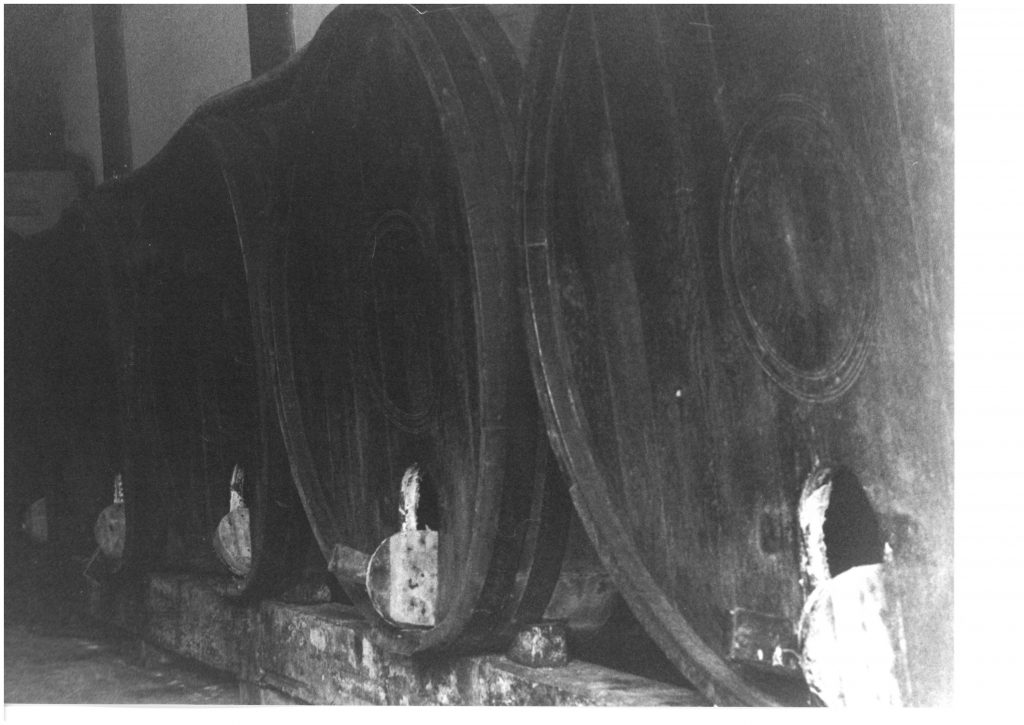Winery and property
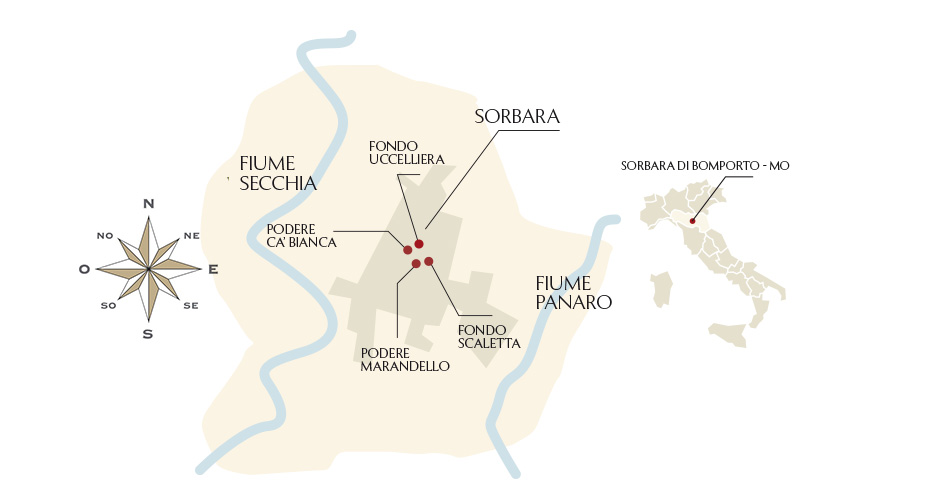
A century old Winery
The Garuti Winery is located in Sorbara, just 13 km from Modena, a place well-known for its typical product of excellence: the LAMBRUSCO wine. For almost a hundred years, four generations of the same family have dedicated their efforts to the production of this wine, certified with the DOP mark and protected by the Lambrusco di Modena Protection Consortium.
In the nineties the cultivation of vineyards turned mechanized, new species were introduced and the process of winemaking was implemented. The only goal was to improve the already high quality of its wines.
The four farms stretch thirty hectares of arable land and thirty vineyards. In addition to that, since 1993 the farm has welcomed tourists and professionals visiting the area.
Our beloved Lambrusco
Today the winery is the emblem of a perfect symbiosis between the production of a traditional product, with a deep-rooted identity, and the innovations allowing our company to maintain itself and grow on the market, bringing its positive contribution to the community.
The path traced by the predecessors Dante, Elio and Romeo is crystal clear about the future’s choices. These tenacious and passionate men were awarded the honors of the Italian Republic of Commander, Officer and Knight several times. Today they still represent the living example of a dedication to the territory which has never been exploited but preserved. Their passion for their work involved all the family and resulted in a total devotion to Lambrusco, a wine loved to the last sip.
A Great Vision
Thanks to Dante’s foresight, who founded the winery around 1920 in one of the happiest strips of land for this vine, we can today taste the delicious Lambrusco wines produced by Garuti. Children, grandchildren and great-grandchildren have welcomed the precious wine knowledge, bringing innovation and building a life and business project that involves the whole family still today.
Dante’s great vision brought him, from simple sharecropper, to become owner of the land for his vineyards. His sons Elio and Romeo inherited the same devotion to the red and sparkling wine typical of this land: Lambrusco, so peculiar, compared to the whole Italian wine scene.
A 100 years old family passion!

The Garuti Family and its Lambrusco
The Garuti Winery was born a hundred years ago from a love story: in 1920, Dante and Valentina got married and moved to Sorbara, the perfect land for wine. A predestined place, on which they began to write their history and to link it to that of a vine, commonly grown in the fields around the house, which would soon become known all over the world.
The couple began to cultivate and produce Lambrusco di Sorbara, already appreciated in the area, with dedication, care and attention to quality. This attracted always new and copious customers and admirers.
The land, the wine and the winery soon attracted Elio and Romeo, two of the three Dante Garuti’s sons, as well as their respective wives, Vilma and Marta. The new generation bought other lands around the first, giving their Lambrusco the generous character of a fertile territory shaped by rivers and friendliness.
Dante’s children, grandchildren and great-grandchildren have welcomed and continued today the same life and business project, taking care of the farms and innovating the winery with the same devotion that is reserved for a family.
Sips of History
1945: more vineyards are added and the production in the winery increases
1958: Dante Garuti is appointed Cavaliere del Lavoro
1969: the Scaletta farm was purchased and in 1970 the Ca ‘Bianca farm was purchased
1971: the new winery was built
1975: the Acetaia was established, for the production of our Traditional Balsamic Vinegar of Modena
1985: Elio, Dante’s son, is appointed ‘Cavaliere del Lavoro’
1988: the last piece of land is bought: the Uccelliera farm
1995: the steel barrels are purchased for the winery
1996: Elio is appointed ‘Ufficiale’
2000: Elio is appointed ‘Commendatore’
2011: The production of Lambrusco di Sorbara DOP with Refermentation in the bottle is restored
The latest new entry is an Extra Dry white sparkling wine obtained from Trebbiano di Spagna.
Production of ROSA ‘rosé sparkling dry in Spumante Brut version.
Production of LUNA ‘dry sparkling white in the Spumante Brut version.
The new lines dedicated to the family for “Ho.Re.Ca” are launched together with the new bottles of Lambrusco DANTE and ROMEO and sparkling wine, VALENTINA and ELIO, and the two classic method CENTO ANNI bottles.
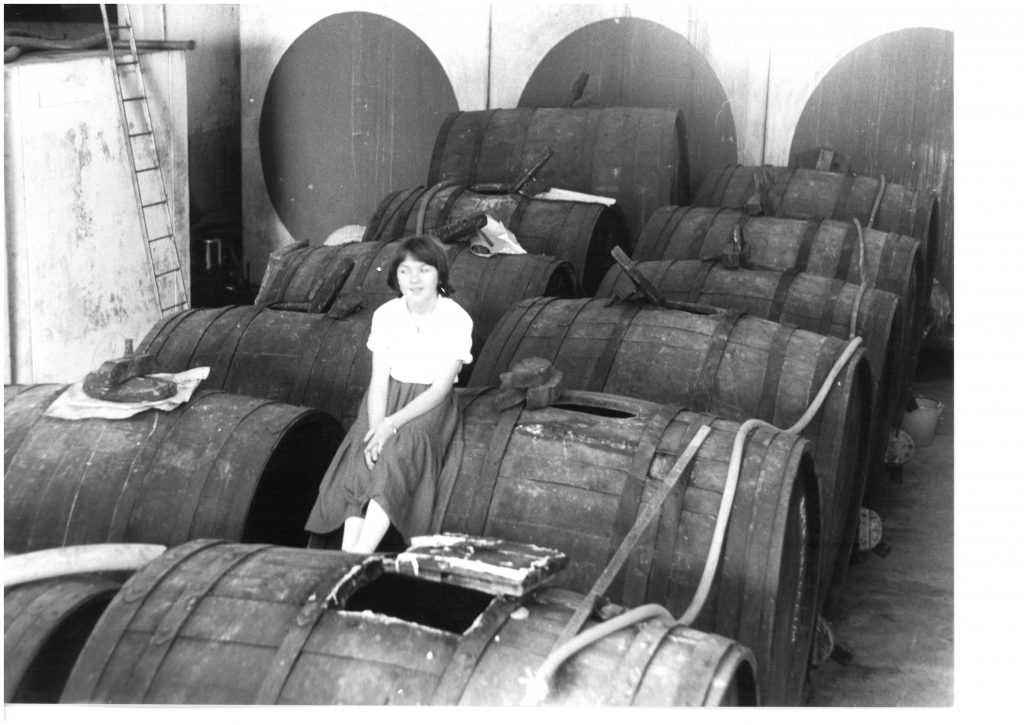
Sustainable viticulture and high quality wines
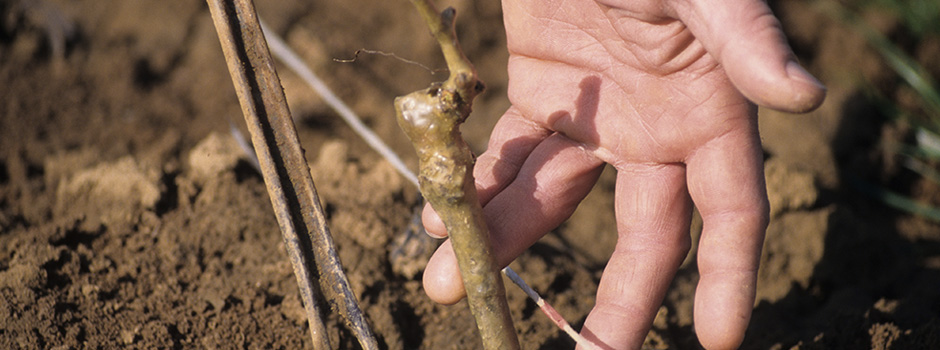
Tradition in a Glass
Thanks to the generational transition, without interruptions, the precious knowledge of experiences and practices was kept alive. The most important lesson, obtained through the fourth Garuti generation, concerns the concepts of naturalness, typicality and quality. To preserve them and pour them into a glass of Lambrusco, it is necessary to start from afar. The family always cultivated without herbicides and chemical products, used mechanical cleaning of the soil and mineral fertilizers without additives – only nitrogen, phosphorus and potassium – and never treated vines in name of sustainable viticulture. The mechanized harvest, carried out at night through temperature monitoring, saves the grapes from high temperature changes that would compromise the quality of the wine.
Pruning and winemaking
The Lambrusco di Sorbara vine is a vegetative variety. The spurred cordon is not very suitable, while the arched cultivation system, in use since the past, prevents the grapes from vegetating for too long. A vine branch is cut from the spurred cordon and a ninety-degree curve tending downwards is formed. The isolated buds are those that will produce the grapes the following year, ensuring their quality.
Winemaking as well follows a natural path, without forcing the transformation and aging phases, thus enhancing and privileging the typicality and uniqueness of the grape. Technology makes its contribution by means of tanks at controlled temperature. The clarifications for natural stabilization are obtained with temperatures and with physical systems, without the use of additive substances.
Time will play the main role in the maturation of the product and its clarification.
30 hectares of vines
In the second post-war period, the family invested in the cultivation of vineyards and in the production in the winery. Today the company owns 30 hectares of arable land and 30 vineyards since the 1920s. The Marandello farm, the Scaletta farm, the Ca ‘Bianca farm, the Uccelliera farm, are all within the area of Lambrusco di Sorbara DOC. Together with the vine of the same name, even Salamino di Santa Croce is bred, Pignoletto (since the nineties) and recently Trebbiano di Spagna.
Each land has its own typicality that deserves to be noted and honoured, to be handed down to the future generations. Every year the production quantity and the quality of the wine are scrupulously recorded. The Marandello farm is very different from the Cà Bianca one: the former has more persistent aromas, a higher acidity rate and is subjected to the Charmat method, with a processing of twelve / fourteen months. The Ca ‘Bianca farm is characterized by less lasting aromas, making it ideal for pure Lambrusco di Sorbara amabile.
The Lambrusco terroir
The different Lambrusco vines – Sorbara, Grasparossa and Salamino di Santa Croce – all originate from ‘Vitis labrusca’, a wild vine that has grown on the edge of fields already since the Roman times. The more experienced can still find it spontaneously, in the countryside, beside the ditches or under the banks.
Since the Lambrusco di Sorbara grape is hermaphrodite, the pollination technique has always been used by cultivating it alongside the Lambrusco Salamino di Santa Croce grape.
In ancient times the plants of the different vines were planted side by side and harvested together. Today two veins of Sorbara are grown next to one of Salamino. Through mechanization, the plantations are harvested separately, having different ripening times. In the winery we proceed with the assembly by selecting the proper equipment.
Lambrusco di Sorbara DOP. Ampelographic composition: Lambrusco di Sorbara for a minimum of 60% and Lambrusco Salamino for a maximum of 40%.
Sustainable viticulture and high quality wines
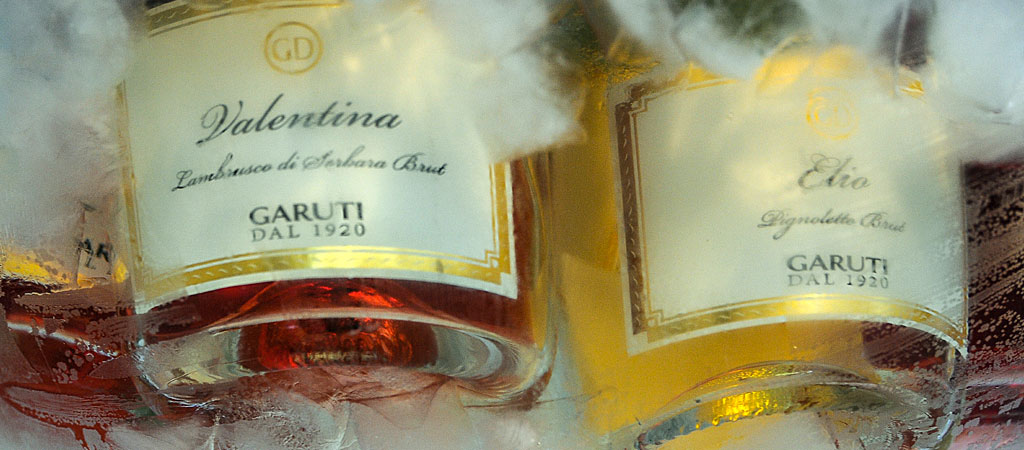
A Refined Drink
The dedication of the family and the desire to renew and understand the culture of drinking have led to new breeding and winemaking practices, even recovering the methods of the past. All while preserving the naturalness and genuineness of the Lambrusco, to the point of enhancing the most authentic organoleptic characteristics of this wine. The skill to recognize the change of tastes in a product such as wine is also confirmed by all the prizes and awards obtained by Garuti over the years in domestic and international competitions and guides.
Awards And References on Wine Tourism Guides
- International Wine Competition Selection of the Mayor
- National Wine Competition DOC DOCG Doujà D'Or of Asti
- AWC VIENNA International Wine Challenge
- Vinitaly International Wine Competition
- Competition Rosé wines of Italy
- – Matilde di Canossa Wine Competition - Terre di Lambrusco
- – Slow Wine Guide, published by slow Food Editore
- – Emilia Romagna drinking guide
- – Golosario by Paolo Massobrio

